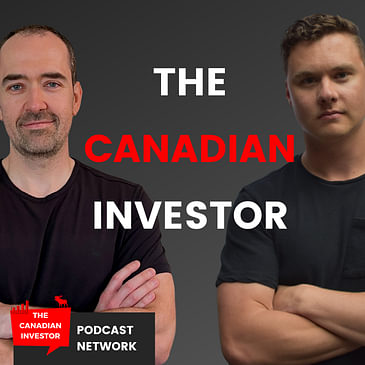In this episode of The Canadian Investor Podcast, we finish the list of sector-specific ETFs with 14 more ETFs for exposure in industrials, consumer staples, energy, materials, utilities and real estate.
We then talk about two stocks that are on our watchlist. Braden goes over why Live Nation is currently on his watchlist amidst the lawsuit brought by the US Department of Justice. Simon then goes over why Savaria Corporation, a small cap Canadian company is currently on his watchlist
Stats Canada - Age of Disability Study
Stats Canada - Canadian population by age
Ticker of stocks & ETF discussed: SIS.TO, LYV, ZIN.TO, EXI, VDC, STPL.TO, ST.TO, HXE.TO, ZEO.TO, VDE, XMA.TO, VAW, ZUT.TO, VPU, VRE.TO, USRT
Check out our portfolio by going to Jointci.com
- Our Website
- Canadian Investor Podcast Network Twitter: @cdn_investing
- Simon’s twitter: @Fiat_Iceberg
- Braden’s twitter: @BradoCapital
- Dan’s Twitter: @stocktrades_ca
Want to learn more about Real Estate Investing? Check out the Canadian Real Estate Investor Podcast!
Apple Podcast - The Canadian Real Estate Investor
Spotify - The Canadian Real Estate Investor
Web player - The Canadian Real Estate Investor
Sign up for Finchat.io for free to get easy access to global stock coverage and powerful AI investing tools.
Register for EQ Bank, the seamless digital banking experience with better rates and no nonsense.
See omnystudio.com/listener for privacy information.

